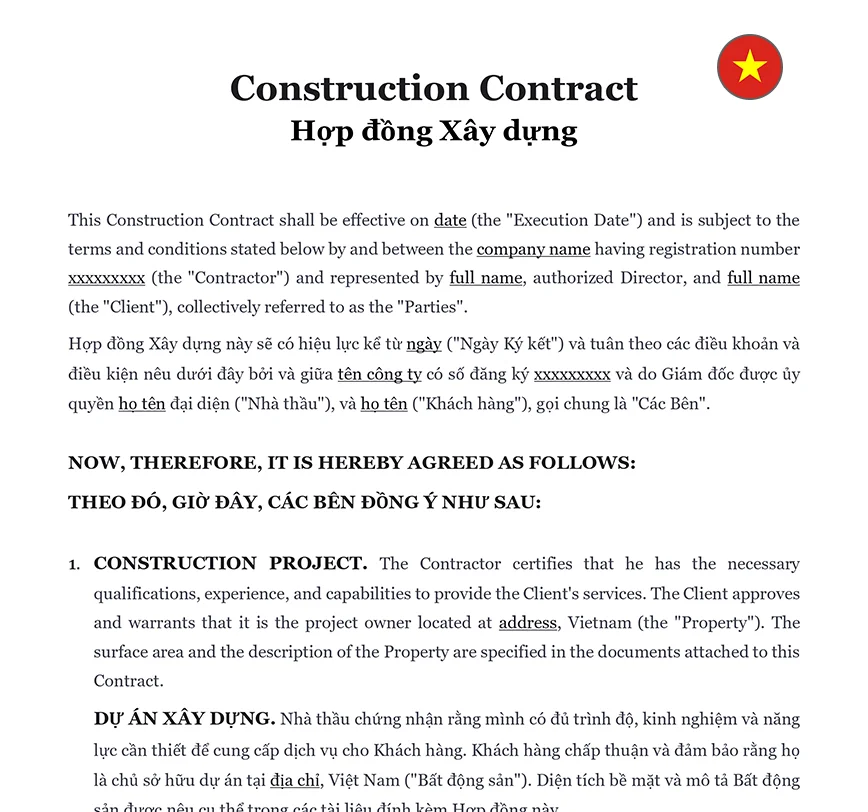Understanding the Building Agreement
A building agreement serves as a crucial legal document that outlines the terms and conditions under which a construction project will be carried out. It specifies the work to be done, the responsibilities of each party, the project timelines, and the payment terms. A well-drafted building agreement helps prevent disputes by providing a clear framework for the project, ensuring that both parties have a mutual understanding of their obligations and expectations. This clarity is essential for maintaining smooth operations and avoiding legal conflicts.
ℹ️ Use our Building Agreement Template for construction contracts.
Key Elements of a Building Agreement
When drafting a building agreement, it is crucial to include several key elements to ensure its effectiveness and enforceability. These elements include:
| ➤ Scope of Work: This should provide a detailed description of the construction work, including specific tasks, materials, and standards to be used. A well-defined scope helps prevent misunderstandings and ensures that all parties are clear about what is expected. |
| ➤ Project Timeline: Outline the start and end dates of the project, along with significant milestones and deadlines for each phase of construction. This helps keep the project on track and allows for better scheduling and resource management. |
| ➤ Payment Terms: Specify the total cost of the project, the payment schedule, and the method of payment (e.g., bank transfer, cash). This section should also include any conditions for payment, such as performance bonds or advance payments. |
| ➤ Responsibilities: Detail the duties and obligations of both the contractor and the client. This includes maintenance, site management, and any other responsibilities that each party must fulfill. Clearly defining these responsibilities helps avoid disputes and ensures that all tasks are covered. |
| ➤ Legal Compliance: Ensure that the agreement adheres to local building codes and regulations. This includes compliance with Vietnamese laws governing construction practices and standards. Adherence to legal requirements helps prevent legal issues and ensures the project's legitimacy. |
| ➤ Dispute Resolution: Include procedures for resolving any conflicts that may arise during the project. This may involve mediation, arbitration, or other dispute resolution mechanisms. Clearly defined procedures help resolve issues efficiently and prevent project delays. |
| ➤ Termination Clauses: Specify the conditions under which the agreement can be terminated early, such as breach of contract or force majeure events. Include any penalties or procedures for early termination to protect both parties' interests. |











